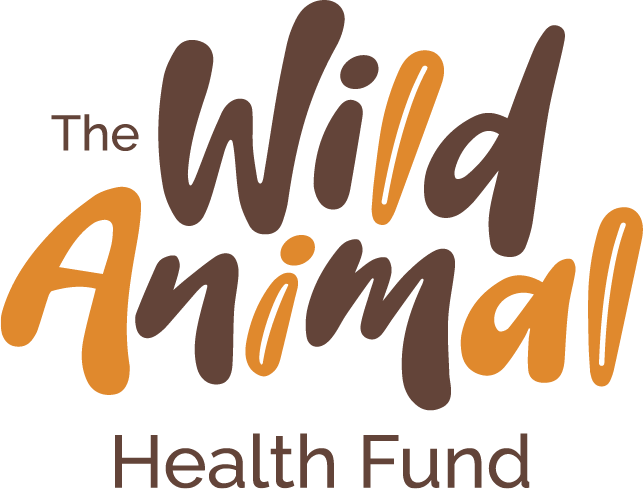2021 Research Projects
Your support in action.
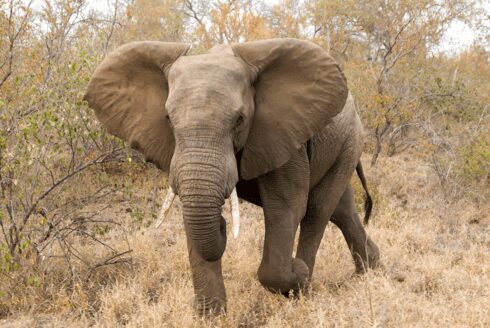
Stress levels in African elephants in Uganda
This project aims at generating data on elephant behaviors, parasites, and levels of stress in relation to seasonality and geographical differences to advise where necessary appropriate measures for minimizing potential impacts from development activities.
Rodenticide toxicity in New Mexican birds
New Mexico has an astounding diversity of birds of prey. They provide critical ecosystem services like pest control, ecosystem health indicators, and carcass disposal. Humans rely on poison to kill rats and mice, and this poses a huge risk to birds of prey by means of ingesting or eating prey that has ingested the poison. This study will measure levels of anticoagulant rodenticides (ARs) in hopes of determining the extent of exposure and the associations of exposure with species, diet, and location.
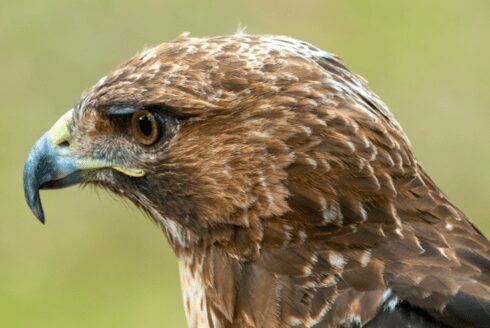
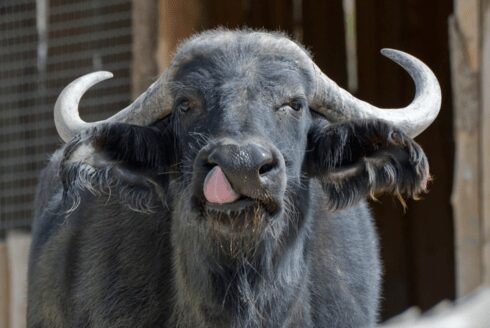
Identify non-tuberculous mycobacteria in South African wildlife
Researchers in South Africa will study the mycobacteria that does not cause tuberculosis as an extra variable in the diagnosis of bovine tuberculosis. To date, the only manner of identifying non-tuberculosis mycobacteria (NTM) is through a culture, which requires an 8-week incubation period. This study aims to enhance rapid detection of NTM species in wildlife and their environments and to identify those that may interfere with the diagnosis of bovine TB.
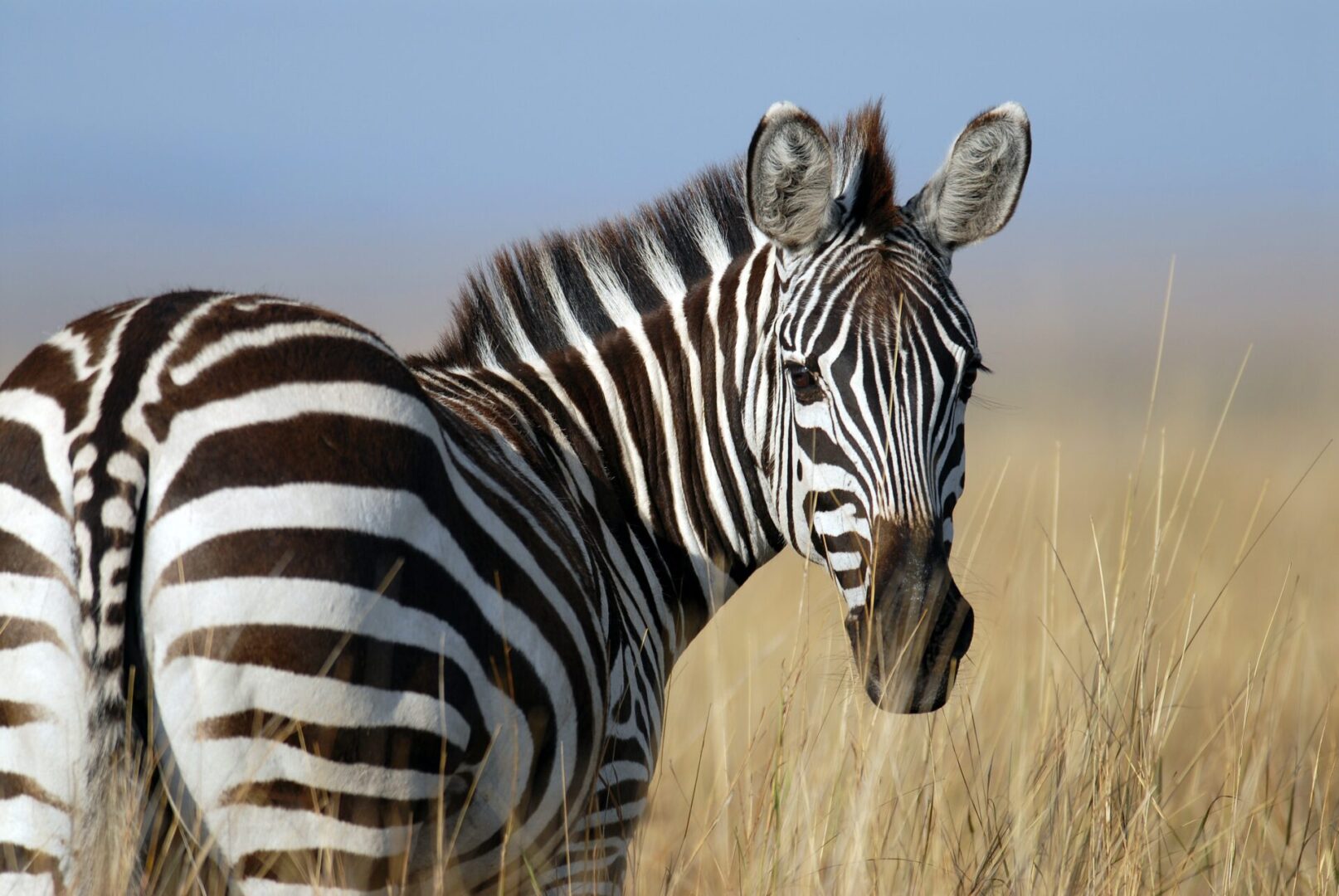
Early diagnosis of anthrax outbreaks in the endangered Grevy’s zebras
The dramatic population decrease and reduction in range of Grevy’s zebras can be attributed to many factors, including infectious diseases like anthrax. Early diagnosis is necessary for the prevention of anthrax outbreaks not only in the Grevy’s zebra population, but also for other wildlife species, livestock and humans sharing the same environment.
Plastic pollution effects on seabird (petrel) populations in the Southwest Atlantic Ocean
There is an urgent need to better understand the effects of plastic exposure experiences by marine species around the world. Albatrosses and petrels are particularly susceptible to plastic ingestion since they feed on small prey on the surface of the water. This study on seabirds from the Southwest Atlantic Ocean will evaluate the usefulness of selected biomarkers of toxicity and health status from ingesting plastics.

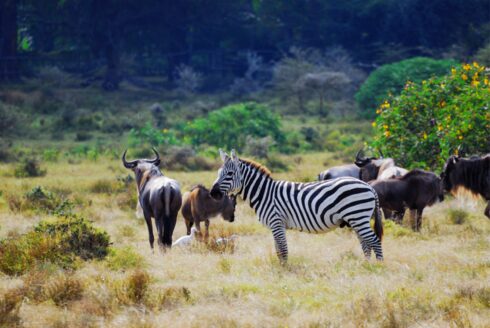
SARS-CoV-2 and related viruses disease risk assessments for wild animals
SARS CoV-2 referred to as COVID19 has devastated human populations, and threatens agricultural and companion animals as well as wildlife, including endangered species. The role of animals as incidental hosts is largely unknown. This study will extend the understanding of SARS-CoV-2 and provide data for improved disease risk assessments for wild animals.
Pain management in the Great Horned Owl
Great horned owls are one of the most common species found in wildlife rehabilitation centers for conditions that require pain management such as trauma or surgical procedures. No previous studies have supported the clinical application of pain-relieving drugs in great horned owls or other owl species. This study will be the first to evaluate the dose effect and duration of action.
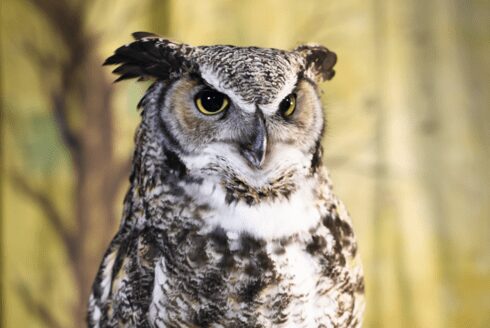
Reproduction in the endangered black-footed ferret population
The black-footed ferret is one of the most at-risk species in North America. Recovery of the species is dependent on captive breeding and reintroduction into native habitats, annually. Current assisted reproduction techniques require invasive surgery and are painful, as well as difficult to accomplish in the field. This study would utilize minimally invasive and field friendly alternatives, thus improving the outlook for recovery.
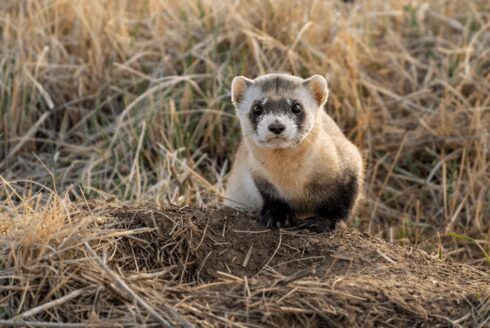
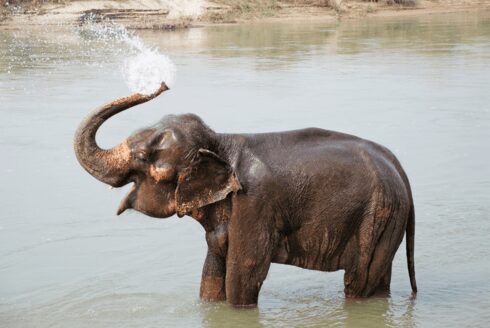
Enhancing welfare and quality of life for elephants with joint disorders
Elephants are extremely vulnerable to joint disorders which can result in multiple disorders and even premature death. The tools available for assessing joint disease in elephants are limited due to their large size. Methods, like the ones studied in this project, can detect disease early with minimal invasion and financial cost.
Pesticide exposure in birds around Texas
Neonicotinoids are the newest and most widely used class of pesticides in North America. The effects of this pesticide on birds are not widely known, but several studies have found troubling results after exposure. This study will examine the extent of the exposure in several communities around Texas and help researchers understand which birds are at the most risk for toxicity.
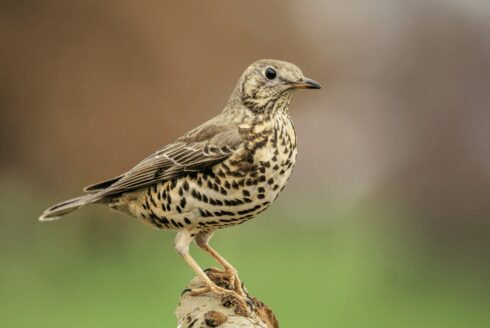
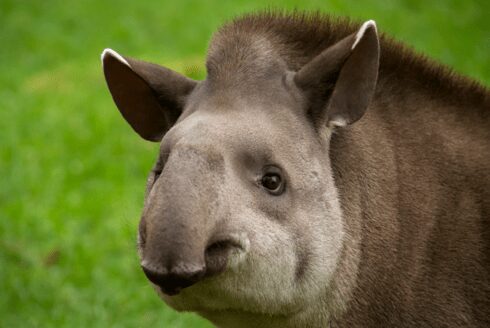
Diagnosing and treating copper deficiency in the endangered Baird’s tapirs
This study will determine a baseline range of blood copper concentrations in captive Baird’s tapirs and determine dietary factors that may influence these concentrations. Copper is an essential trace element that is critical for the proper function of the immune system, reproductive system, nervous system, and development of red blood cells. These baseline ranges will help veterinarians diagnose and treat copper deficiency in the Baird’s tapirs.
Improving safety and welfare for wild animals immobilized in conservation efforts
Thousands of wild animals are immobilized every year for several reasons: collaring, translocation, or veterinary treatment. To date, very little information is available in terms of drug dose recommendations and safety of the combinations. In South Africa, researchers will compare respiratory and cardiovascular physiological variables of animals immobilized with various combinations of low dose opioid and high dose alpha-2.
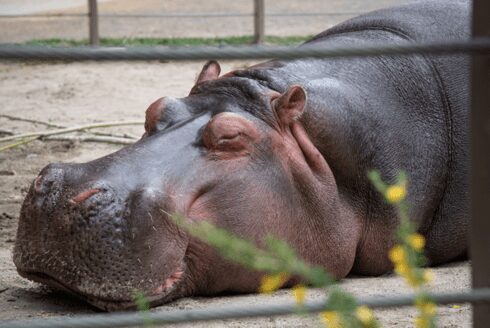
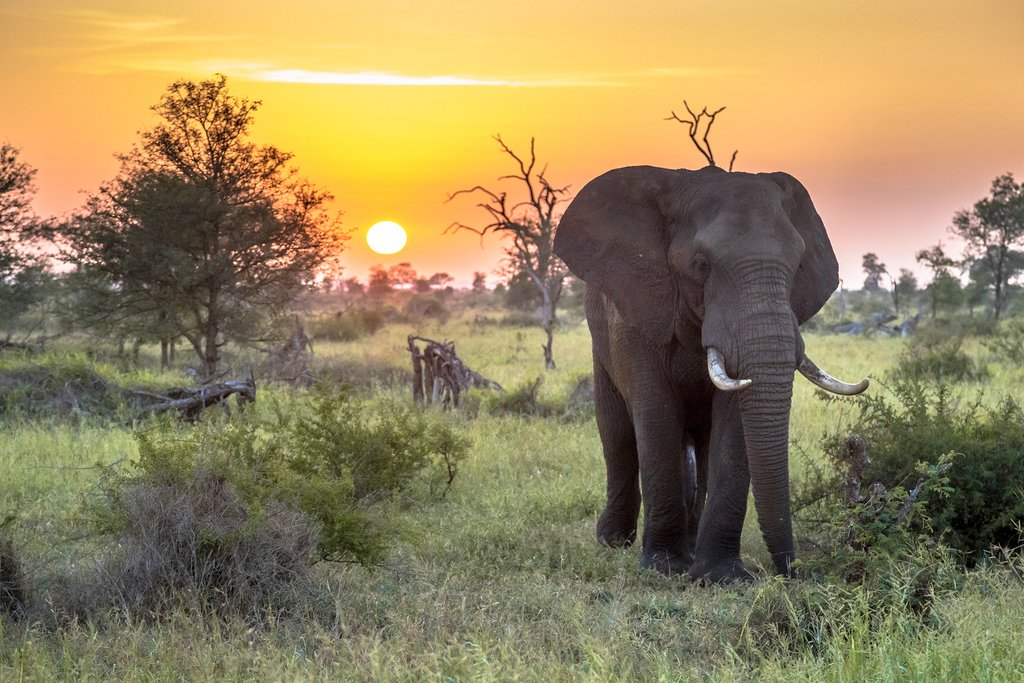
Prevent the fatal hemorrhagic disease in African elephants
Researchers, elephant care experts, and veterinarians have been trying to better understand and prevent the development of fatal hemorrhagic disease from endotheliotropic herpesvirus (EEHV) in Asian elephants. Researchers want to understand the prevalence of the virus in blood, viral strain distribution, and patterns of viral shedding (distributing the viral particles). With increasing pressure on elephant populations in Africa, this study is critical to understanding the impact of this disease on vulnerable populations.
Testimonials

"Because of this work, there are now a number of reserves in South Africa that are using our tests to determine whether bovine TB is present on their properties. So they truly do have practical applications. "
Dr. Michele Miller
Stellenbosch University
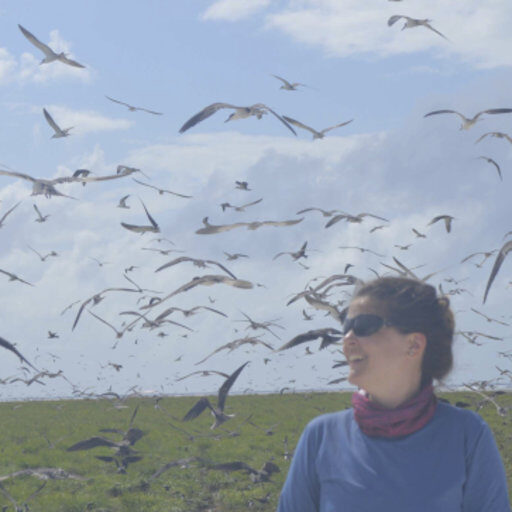
"Once again, we would like to thank AAZV and its members for the financial assistance and support. This project would never be possible without your help!"
Dr. Carol Ewbank
University of Sao Paulo
